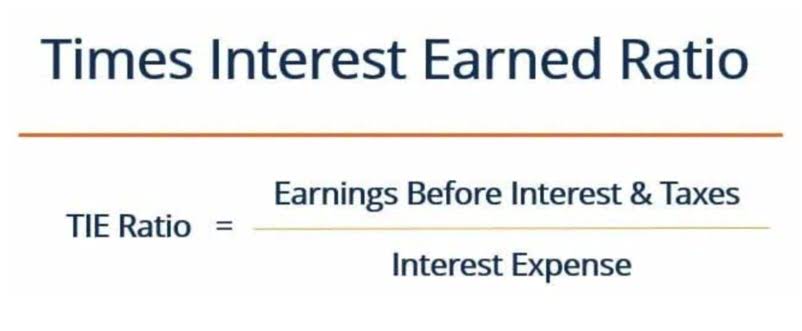
This comparison can be used to monitor or predict expenses for the next project (or fiscal year). Using the predetermined overhead rate formula and calculation provides businesses with a percentage they can monitor on a quarterly, monthly, or even weekly basis. Businesses monitor relative expenses by having an idea of the amount of base and expense that is being proportionate to each other. This can help to keep costs in check and to know when to cut back on spending in order to stay on budget. Take, for instance, a manufacturing company that produces gadgets; the production process of the gadgets would require raw material inputs and direct labor.
Actual Overhead Rate and Pre-Determined Overhead Rate FAQs
The estimate is made at the beginning of an accounting the predetermined overhead rate is calculated period, before the commencement of any projects or specific jobs for which the rate is needed. Hence, a suitable rate can be estimated based on the forecasted conditions of the accounting period. Hence, you can apply this predetermined overhead rate of 66.47 to the pricing of the new product X. Hence, this predetermined overhead rate of 66.47 shall be applied to the pricing of the new product VXM.

Predetermined Overhead Rate Formula
In simple words, complex manufacturing is not limited to the usage of direct material and direct labor, but the use of overheads has increased significantly. So, to absorb the indirect cost in the product cost predetermined overhead rate is determined. It’s important to bookkeeping note that actual overheads are not used in the calculation process. It’s because actual overheads vary from period to period based on seasonal variation and changes in the external environment. Management analyzes the costs and selects the activity as the estimated activity base because it drives the overhead costs of the unit. The estimated or budgeted overhead is the amount of overhead determined during the budgeting process and consists of manufacturing costs but, as you have learned, excludes direct materials and direct labor.

Monitoring relative expenses

Assume that management estimates that the labor costs for the next accounting period will be $100,000 and the total overhead costs will be $150,000. This means that for every dollar of direct labor cost a production process uses, it will use $1.50 of overhead costs. The predetermined overhead rate formula is calculated by dividing the total estimated overhead costs for the period by the estimated activity base. Suppose that X limited produces a product X and uses labor hours to assign the manufacturing overhead cost. The estimated manufacturing overhead was $155,000, and the estimated labor hours involved were 1,200 hours.
Just a Few More Details
- A costing system used where costs are assigned to specific jobs or batches, allowing for tracking expenses and profitability on a job-by-job basis.
- Calculating the Predetermined Overhead Rate (POR) is a critical step in cost accounting, particularly in the manufacturing sector.
- You can envision the potential problems in creating an overhead allocation rate within these circumstances.
- It’s useful in cost accounting as product costing can only be obtained once overheads are absorbed in the cost of the product.
- That is, a predetermined overhead rate includes the ratio of the estimated overhead costs for the year to the estimated level of activity for the year.
- According to a survey 34% of the manufacturing businesses use a single plant wide overhead rate, 44% use multiple overhead rates and rest of the companies use activity based costing (ABC) system.
- That is, if the predetermined overhead rate turns out to be inaccurate and the sales and production decisions are made based on this rate, then the decisions will be faulty.
As a result, two identical jobs, one completed in the winter and one completed in the spring, would be assigned different manufacturing overhead costs. To avoid such fluctuations, actual overhead rates could be computed on an annual or less-frequent basis. However, if the overhead rate is computed annually based on the actual costs and activity for the year, the manufacturing overhead assigned to any particular job would not be known until the end of the year. For example, the cost of Job 2B47 at Yost Precision Machining would not be known until the end of the year, even though the job will be completed and shipped to the customer in March.

It’s particularly useful in scenarios where indirect costs are significant and need to be fairly allocated across different products or services. A predetermined overhead rate is an allocation rate given for indirect manufacturing costs that are involved in the production of a product (or several products). The predetermined overhead rate, also known as the plant-wide overhead rate, is used to estimate future manufacturing costs. Budgeted level of activity and other details are used in https://www.bookstime.com/ the calculation of the overhead rate. So, if a higher activity level is forecasted in the accounting period, lower overheads can be estimated and vice versa.
- The predetermined overhead rate is calculated by dividing the estimated manufacturing overhead by the estimated activity base (direct labor hours, direct labor dollars, or machine hours).
- After going to its terms and conditions of the bidding, it stated the bid would be based on the overhead rate percentage.
- In recent years increased automation in manufacturing operations has resulted in a trend towards machine hours as the activity base in the calculation.
- In simple words, complex manufacturing is not limited to the usage of direct material and direct labor, but the use of overheads has increased significantly.
- It’s because actual overheads vary from period to period based on seasonal variation and changes in the external environment.
- However, the use of multiple predetermined overhead rates also increases the amount of required accounting labor.
Our Team Will Connect You With a Vetted, Trusted Professional

If you’d like to learn more about calculating rates, check out our in-depth interview with Madison Boehm. Our mission is to empower readers with the most factual and reliable financial information possible to help them make informed decisions for their individual needs. At Finance Strategists, we partner with financial experts to ensure the accuracy of our financial content. For information pertaining to the registration status of 11 Financial, please contact the state securities regulators for those states in which 11 Financial maintains a registration filing.

